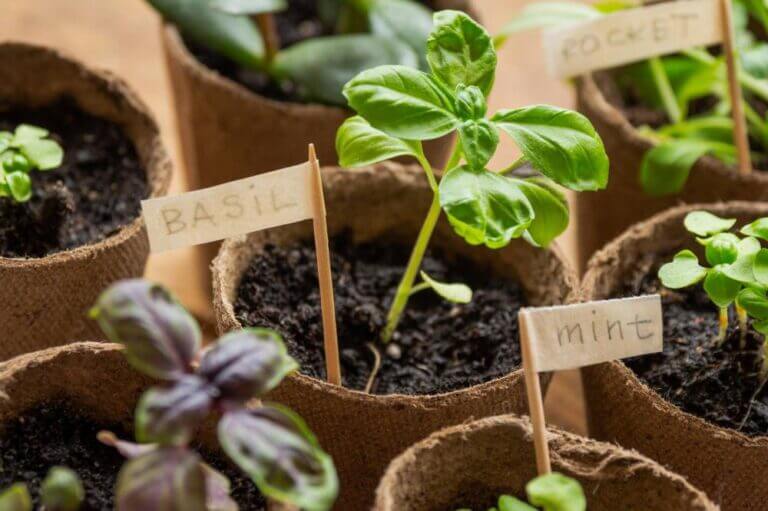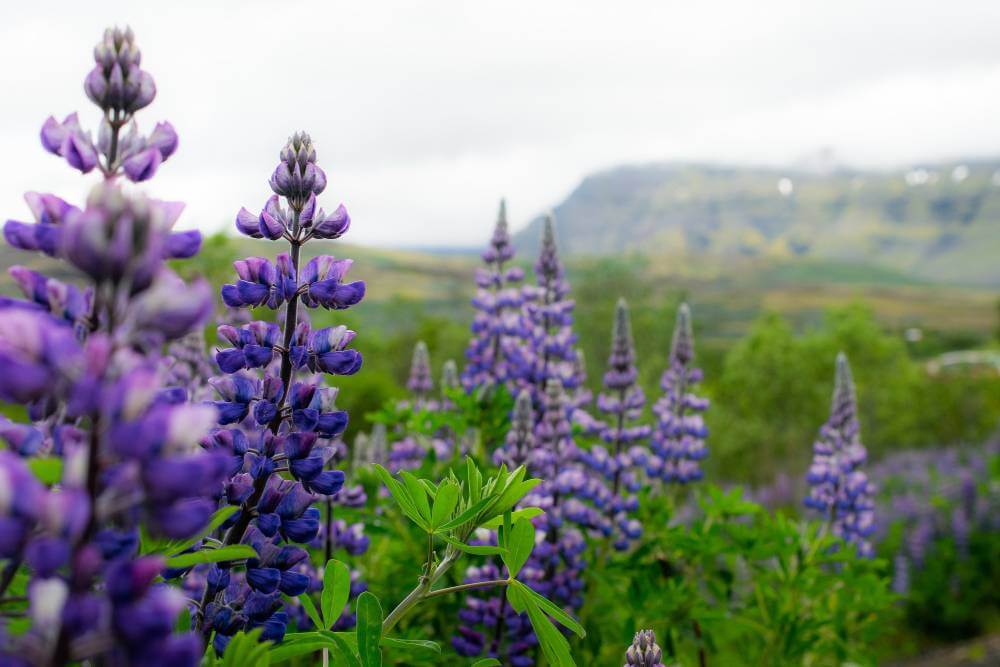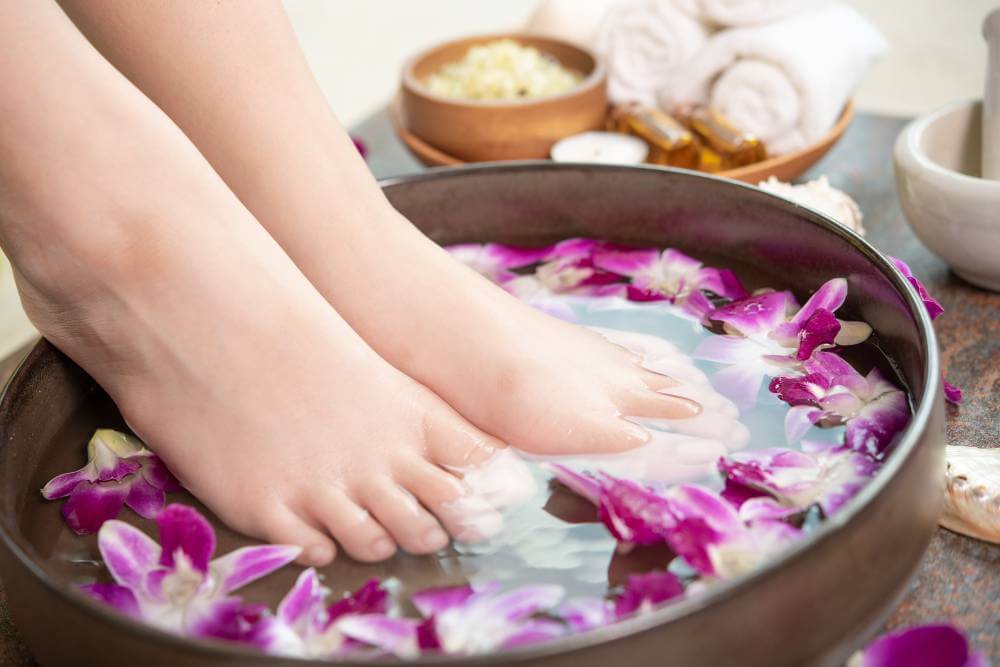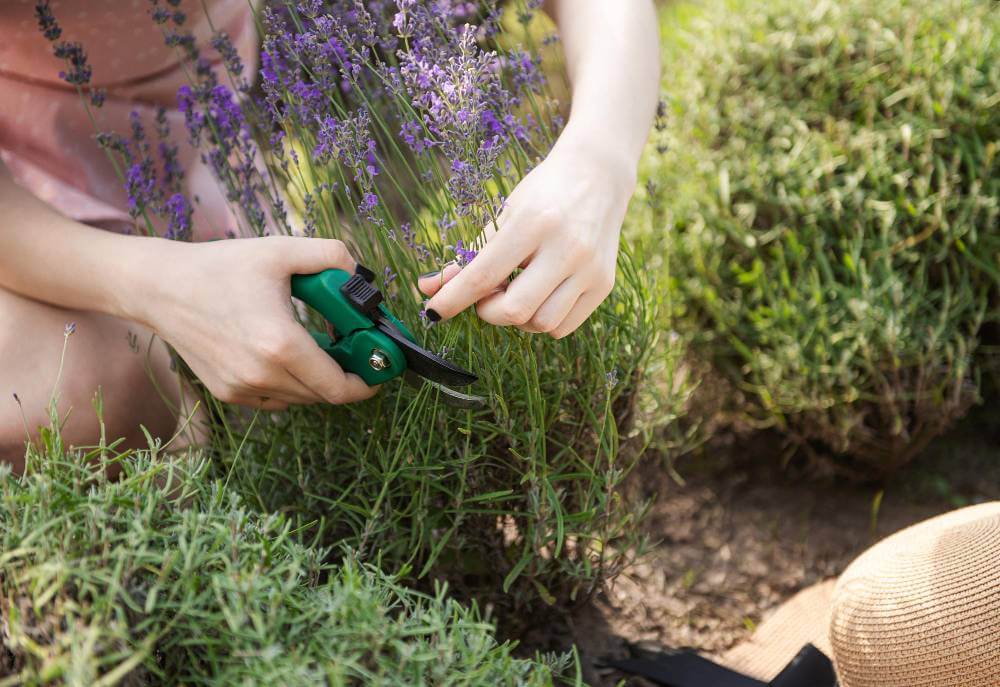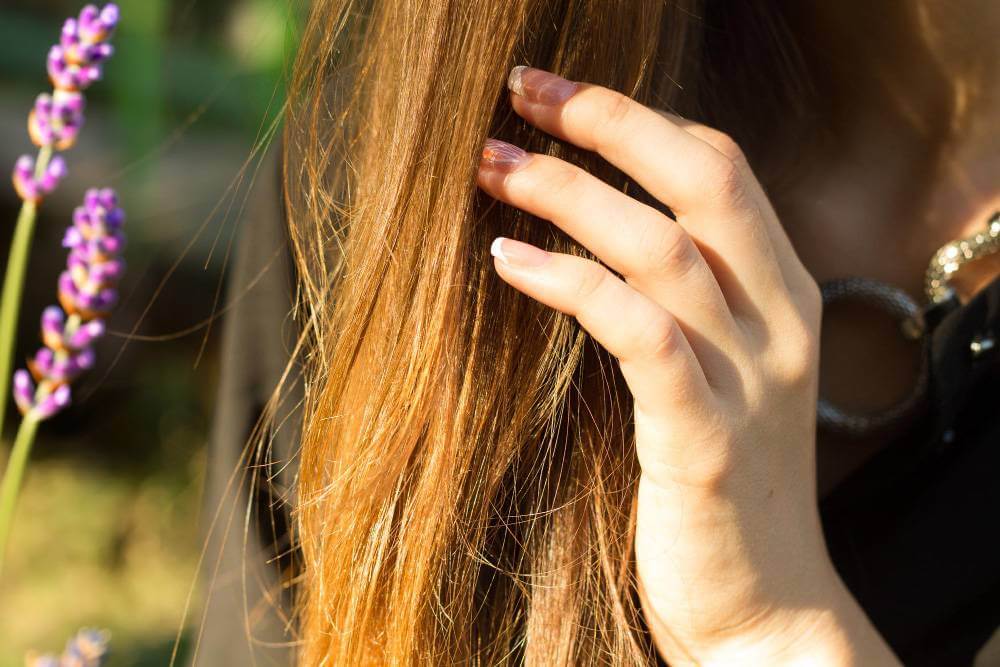hello everyone! Today, let’s dive into one of the most debated topics in the herb gardening world: Is it better to grow herbs from seeds or plants? As a herb enthusiast myself, I’ve pondered over this question many times while tending to my own little green oasis. So, grab your gardening gloves and let’s explore the pros and cons of each method, shall we?
Planting Herbs from Seeds: The Thrill of Growing from Scratch
When it comes to starting your herb garden from seeds, you’re embarking on a journey filled with excitement and anticipation. One of the most significant advantages of growing herbs from seeds is the sheer variety of options available to you. From classic basil to exotic cilantro, the seed aisle is your oyster, offering a plethora of choices to suit your culinary and aesthetic preferences. Additionally, starting from seeds allows for complete control over the growing process, giving you the satisfaction of nurturing your herbs from tiny sprouts to flourishing plants.
However, it’s essential to be mindful of the challenges that come with seed planting. Patience is key, as seeds can take longer to germinate and require careful attention to temperature, moisture, and soil conditions. To maximize success, consider pre-soaking seeds overnight and planting them in a well-draining soil mix. And remember, a little extra TLC goes a long way in ensuring your seedlings thrive!
Planting Herbs from Plants: Instant Gratification in Your Garden
On the flip side, opting to purchase established herb plants offers a shortcut to herb-filled bliss, perfect for those who crave instant gratification in their gardening endeavors. One of the most significant advantages of planting herbs from plants is the time saved – no need to wait for seeds to germinate and seedlings to mature. With plants, you can immediately enjoy the fruits (or rather, herbs) of your labor, adding fresh flavors to your dishes in no time. Additionally, established plants are often more resilient and forgiving, making them an excellent choice for beginners or those with busy schedules.
However, it’s essential to be mindful of the potential drawbacks of purchasing plants. While convenient, buying herbs can be more expensive than starting from seeds, especially if you’re looking to fill a large garden. Additionally, transplant shock can occur when moving plants from pots to the ground, so be sure to acclimate them gradually to their new environment by gradually increasing their exposure to sunlight and outdoor conditions.
Seed to Sprout: Indoors vs. Outdoors
When comparing the advantages and disadvantages of growing herbs from seeds indoors versus outdoors, it’s essential to consider various factors. Growing herbs from seeds indoors offers the advantage of greater control over environmental conditions, such as temperature, humidity, and light levels. This control can lead to faster and more reliable germination, especially in regions with unpredictable weather or short growing seasons. Additionally, indoor gardening allows for year-round cultivation, regardless of outdoor conditions, ensuring a constant supply of fresh herbs. However, indoor seed starting requires adequate space, proper lighting, and consistent care to prevent issues such as leggy growth or damping off.
On the other hand, growing herbs from seeds outdoors harness the power of natural sunlight and soil, creating a more robust and resilient plant in the long run. Outdoor gardening also eliminates the need for artificial lighting and provides ample space for plants to spread their roots. However, outdoor seed starting is subject to seasonal limitations and may require protection from pests, extreme temperatures, and adverse weather conditions.
Overall, while both indoor and outdoor seed starting have their advantages and challenges, the ease of growing herbs from seeds at home ultimately depends on factors such as available space, environmental conditions, and personal preference. With proper planning and care, growing herbs from seeds indoors can be a rewarding and enjoyable experience for gardeners of all skill levels.
Challenging Cultivation: Herbs that are hard to grow from seed
some herbs are more challenging to grow from seed compared to others. Here are a few examples:
- Parsley: Parsley seeds have a notoriously slow germination rate, often taking several weeks to sprout. Additionally, they require consistent moisture and warmth to germinate successfully, making them trickier for beginners.
- Rosemary: Rosemary seeds can be difficult to germinate and have a low success rate compared to other herbs. They typically require warm temperatures and well-draining soil to thrive, making them better suited for experienced gardeners or propagation through cuttings.
- Lavender: Lavender seeds have a reputation for being finicky and unpredictable, with variable germination rates and specific temperature requirements. They often benefit from stratification, a process of cold treatment, to improve germination rates.
- Coriander (Cilantro): Coriander seeds can be challenging to grow due to their tendency to bolt quickly in warm weather, especially in regions with hot summers. Success with coriander often depends on timing and providing the right growing conditions to prevent premature flowering.
- Mint: While mint seeds can germinate readily under the right conditions, mint plants grown from seeds may not always retain the desired flavor or characteristics of the parent plant. Additionally, mint is known for its vigorous growth and tendency to spread rapidly, making it challenging to contain in some garden settings.
While these herbs may present challenges when grown from seed, they can still be successfully cultivated with proper care, attention to growing conditions, and a bit of patience. Alternatively, many gardeners opt to purchase established plants or propagate these herbs through methods such as cuttings or division for more reliable results.
An easy start: herbs that are easy to grow from seed
some herbs are generally considered easier to grow from seed compared to others. These herbs tend to have characteristics such as rapid germination, tolerance for a range of growing conditions, and minimal requirements for care. Here are a few examples:
- Basil: Basil is often touted as one of the easiest herbs to grow from seed. It typically germinates quickly, within 5 to 10 days under optimal conditions, and thrives in warm, sunny locations. Basil also adapts well to container gardening and requires minimal maintenance once established.
- Dill: Dill seeds are relatively easy to germinate and can produce abundant foliage within a few weeks. Dill is known for its resilience and can tolerate a variety of soil types and growing conditions. It’s also a self-seeding annual, meaning it may return year after year without much effort from the gardener.
- Cilantro (Coriander): Cilantro seeds germinate readily, usually within 7 to 10 days, and the plants grow quickly in cool weather. While cilantro bolts and goes to seed relatively quickly in warm temperatures, successive plantings throughout the growing season can provide a continuous harvest.
- Chives: Chives are easy to grow from seed and can be sown directly in the garden or started indoors for earlier harvest. The plants are hardy perennials that require minimal maintenance and can even tolerate some neglect. Chives produce edible, onion-flavored foliage that adds a delightful touch to a variety of dishes.
These herbs are excellent choices for beginner gardeners or those looking for low-maintenance additions to their herb gardens. With proper care and attention to growing conditions, they can provide abundant harvests and fresh flavors throughout the growing season.
Conclusion: The Verdict Is In!
So, which is better: growing herbs from seeds or plants? The truth is, there’s no one-size-fits-all answer. Both methods have their own unique advantages and challenges, and the best choice ultimately depends on your personal preferences and gardening goals.
As for me, I like to mix it up – starting some herbs from seeds for the thrill of watching them grow from scratch, while also indulging in the instant gratification of purchasing plants for those times when I just can’t wait to get my herb fix.
So, fellow herb enthusiasts, whether you’re a beginner or a seasoned pro, remember to have fun and enjoy the journey of growing your own herbs. After all, there’s nothing quite like the taste of freshly picked basil or the aroma of lavender wafting through your garden.
Now, if you’ll excuse me, I’ve got some herbs to tend to. Until next time, happy gardening!

